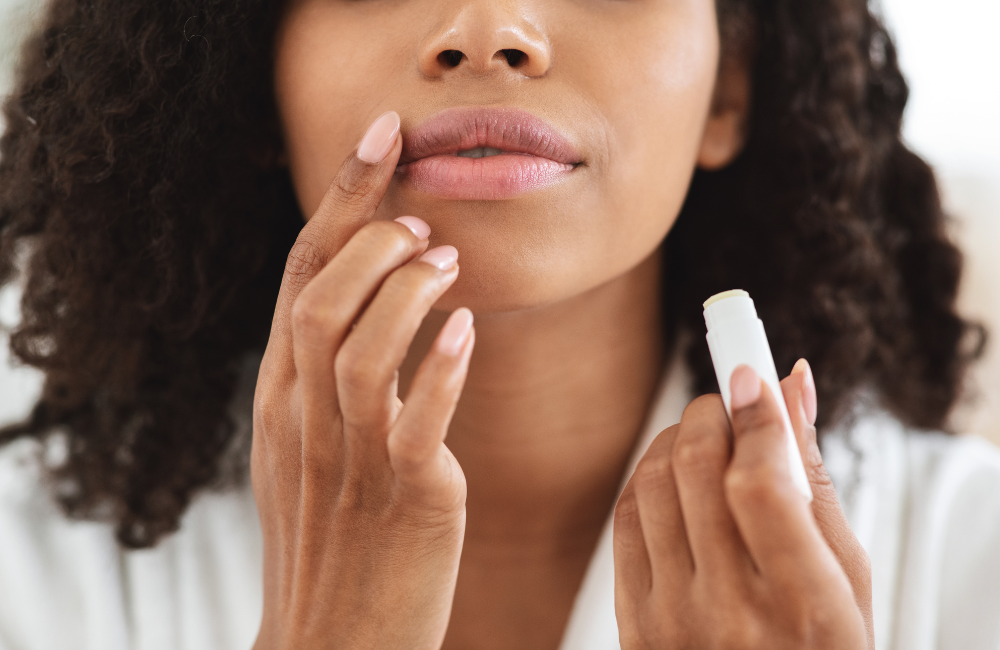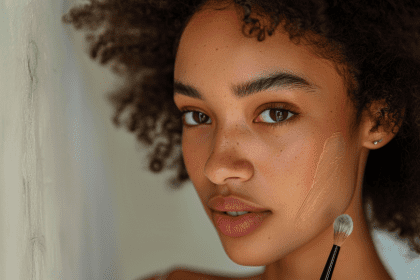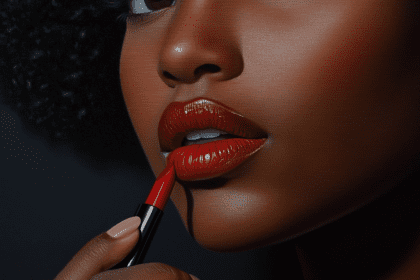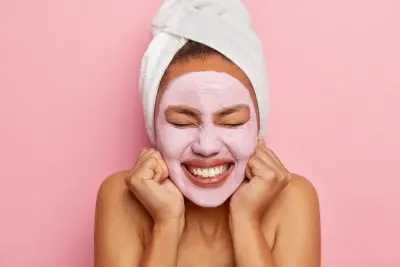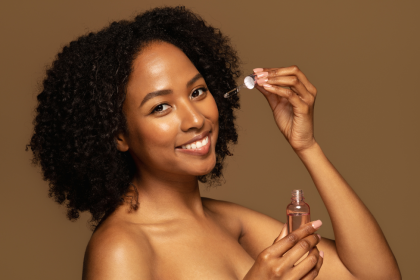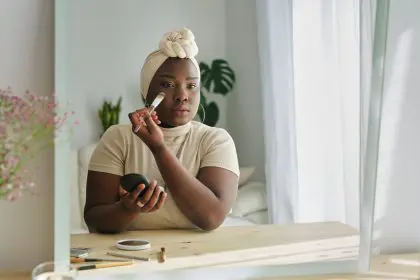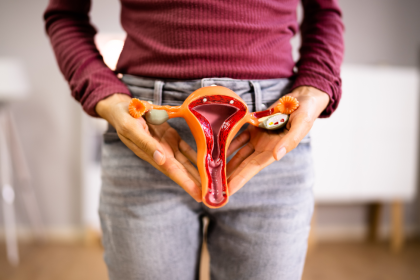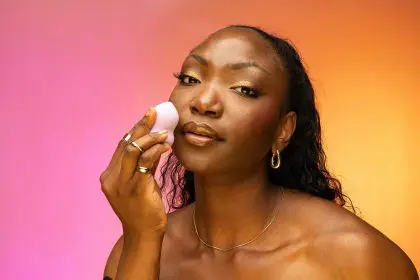As summer approaches, many of us enjoy the warmth and sunshine, but it’s essential to remember that our lips can suffer just as much from sun exposure as our skin. While most people diligently apply sunscreen to their faces and bodies, lips often remain unprotected despite being more vulnerable to UV radiation damage. This comprehensive guide explores the causes of sunburned lips, the signs to look out for, and effective treatments to keep your lips healthy and hydrated.
Why lips become sun damaged
The skin on our lips is thinner and more sensitive than the rest of our body. This structural difference makes lips particularly susceptible to UV radiation, leading to issues like dryness, redness, and even skin cancer over time. Therefore, it’s crucial to protect your lips just as you would your skin.
During summer months, many people experience increased lip dryness despite higher humidity levels. While humidity typically helps keep lips moisturized, some people experience increased dryness and peeling. This can be attributed to several factors, including sun damage, which can occur even with diligent sunscreen application to other parts of the face.
Unlike facial skin, lips don’t produce protective oils, making them more vulnerable to environmental stressors. This lack of natural protection means that lips require dedicated care to prevent sun damage and maintain their health throughout the summer months.
Identifying sunburned lips
Recognizing the signs of sunburned lips is essential for early treatment. Sun-damaged lips may exhibit several distinctive characteristics:
- Dryness and rough texture
- Discoloration, ranging from pale to dark patches
- Fine lines or deep cracks
- Persistent swelling and redness
These symptoms can be more pronounced on the lower lip, which is often more exposed to sunlight. The lower lip generally shows more pronounced symptoms due to its greater exposure to downward-directed sunlight, making it a common site for more severe manifestations of sun damage.
When sun damage becomes serious
In severe cases, conditions like actinic cheilitis can develop from prolonged sun exposure. This is a precancerous condition characterized by thickened, scaly patches on the lips that requires medical attention.
The development of persistent white or red patches, non-healing sores, or unusual growths warrants immediate professional evaluation. Early intervention significantly improves treatment outcomes for potentially serious conditions that might develop from chronic sun exposure to the lips.
Ingredients to avoid for sunburned lips
If you find yourself dealing with sunburned lips, it’s essential to choose your products wisely. Several common ingredients can exacerbate damage rather than promote healing:
- Menthol
- Camphor
- Salicylic acid
- Fragrances
These ingredients can irritate and dry out the lips further. While they might provide momentary relief, they ultimately interfere with the healing process and can extend recovery time significantly. Avoiding these ingredients is especially important when lips are already damaged from sun exposure.
Effective treatments for sun-damaged lips
When it comes to treating sunburned lips, hydration is key. Look for products that contain humectants and emollients, such as:
- Hyaluronic acid
- Glycerin
- Lanolin
These ingredients help draw moisture into the skin and lock it in, aiding in the recovery of your lips. Instead of irritating products, opt for lip balms with SPF 30 or higher that contain moisturizing ingredients like beeswax, shea butter, or natural oils. Physical UV blockers such as zinc oxide or titanium dioxide are also recommended for their broad-spectrum protection and lower irritation potential.
For already damaged lips, products like Paula’s Choice Lipscreen SPF 50 and Ultrasun Ultralip SPF 30 provide excellent protection while helping to restore moisture. In cases with significant inflammation, properly applied hydrocortisone cream can help reduce swelling and discomfort.
Additionally, overnight treatments like lip masks enriched with antioxidants can help repair and soothe your lips while you sleep, providing intensive moisture and accelerating the healing process.
Prevention strategies
The most effective approach to dealing with sun-damaged lips is prevention. Dedicated lip sunscreens containing physical blockers offer superior protection with minimal irritation risk. These products should be applied before sun exposure and reapplied frequently, especially after eating, drinking, or swimming.
Protective habits like wearing wide-brimmed hats and limiting direct sun exposure during peak hours (typically 10 a.m. to 4 p.m.) provide additional layers of protection beyond topical products. These practical approaches significantly reduce UV exposure and complement the benefits of lip sunscreens.
By understanding the unique vulnerabilities of our lips and implementing appropriate protection and treatment strategies, we can enjoy summer activities while maintaining lip health. Taking care of your lips during the summer is crucial to prevent sun damage and maintain their health. Remember, just like your skin, your lips deserve protection from the sun’s harmful rays.

